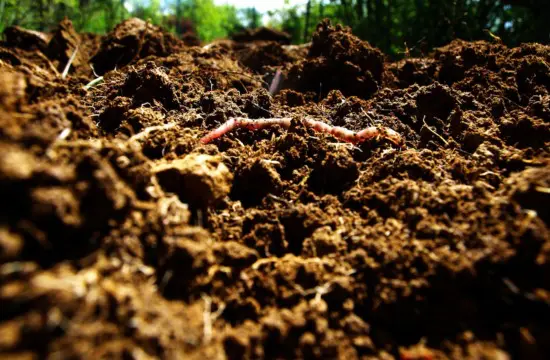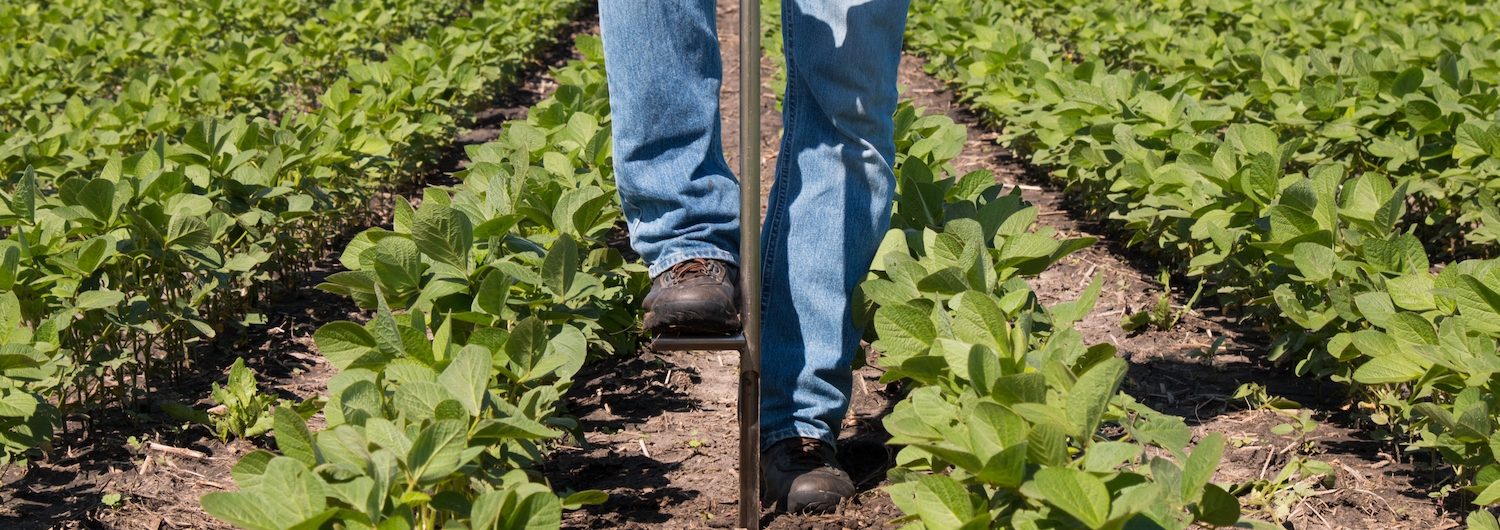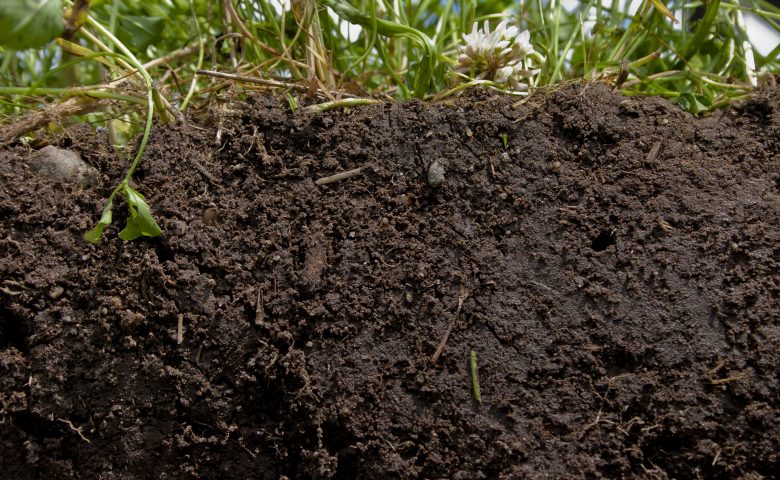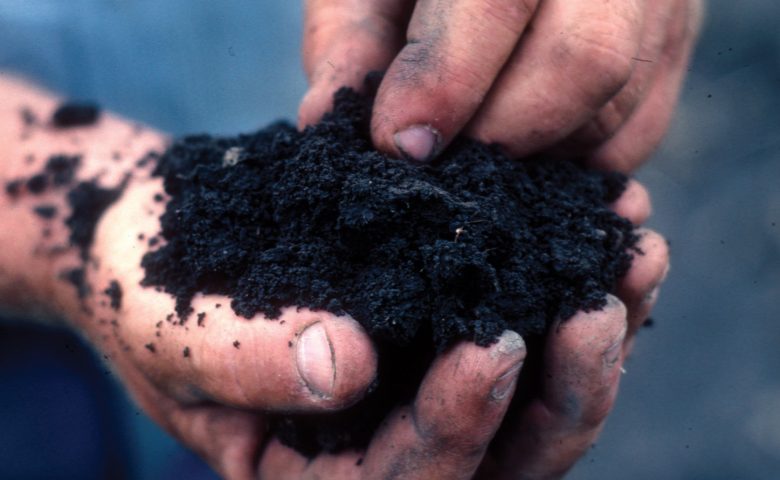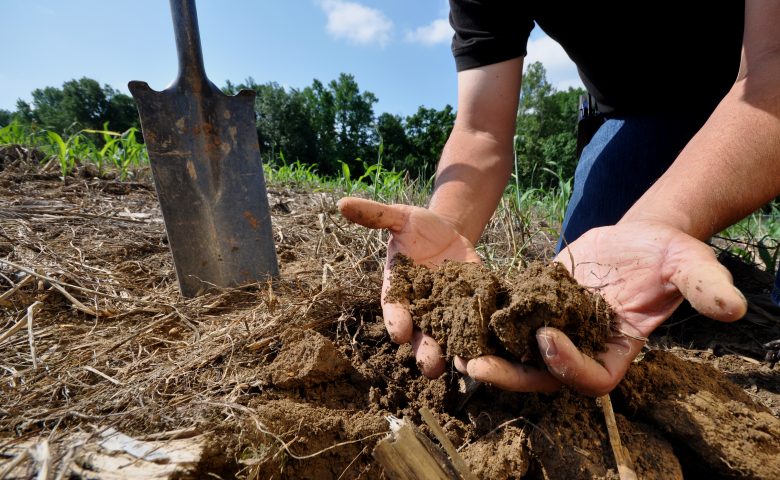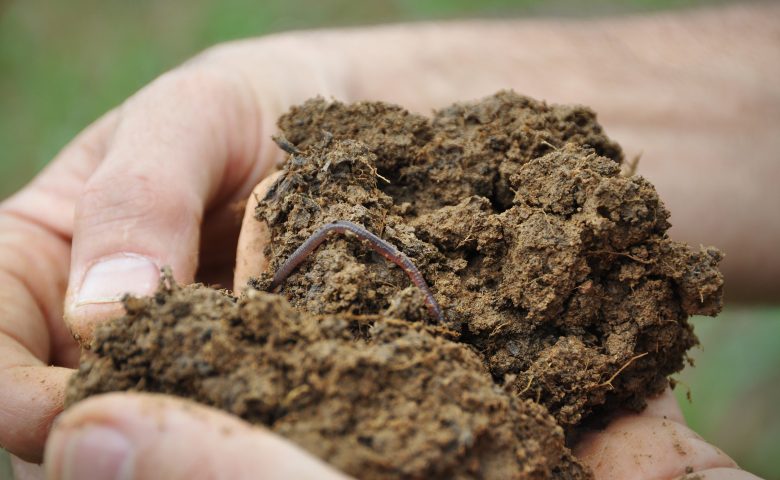Agricultural practices that enhance soil health are as good for the farmer as they are for the environment. Proven benefits of healthy soil include boosting crop yields, enhancing water quality, increasing drought resilience, reducing greenhouse gas emissions, increasing carbon sequestration and building disease suppression.
To continue growth and adoption of practices that benefit the health of our nation’s soils, the Soil Health Institute (SHI) has endorsed a list of 19 “Tier 1” soil health measurements. After three years of gathering input and feedback from scientists, farmers, field conservationists, soil test labs and more, these specific measurements, when regionally defined, help define management strategies to improve soil function – like nutrient and water availability.
Farmers in each region of the United States face different struggles and challenges when it comes to maintaining and increasing soil health. With such a wide variation in soil type, moisture, precipitation and countless other factors, managing soil health consistently and creating standard measurements for soil testing across the industry are not easy tasks. To continue the growth and adoption of soil health practices, SHI is taking steps to streamline this process for better communication and a shared understanding of how the industry measures and improves soil health.
These indicators are considered the best measures that are currently available for farmers to define soil health in regionally specific conditions.
To be included on this list, each of the measures must satisfy the following criteria:
1. Be sensitive to changes in soil and crop management systems
2. Represent relevant agricultural processes that relate to production and environmental outcomes
3. Reflect significant agricultural changes that have happened within the last five years
4. Able to be reproduced in commercial production labs and are economically and procedurally acceptable
5. Able to be directly interpreted for agricultural management decisions
Soil health, like human health, is a complex and holistic concept. For example, when a person goes to a medical doctor, their health is not judged by blood pressure alone. Instead, many tests are used to assess their health. In a similar way, soil health is based on numerous chemical, physical and biological measurements.
The soil health measurements currently endorsed by the SHI are:
Physical Indicators
Available water holding capacity: soil’s ability to retain water and make it sufficiently available for plant use
Bulk density: reflects the soil’s ability to function for structural support, water movement and soil aeration
Crop yield: change in agricultural output from soil health practices
Infiltration rate: the soil’s ability to allow water movement into and through the soil, making it available for uptake
Erosion rating: the potential for breakdown, detachment, transport and redistribution of soil particles by forces of water, wind or gravity
Penetration resistance: indicator of soil compaction
Texture: defined by proportion of sand, silt and clay in a soil
Water-stable aggregation: the ability of soil aggregates to resist disintegration when disruptive forces associated with water erosion are applied
Chemical Indicators
Base saturation: percentage of the soil exchange sites (CEC) occupied by basic cations, such as potassium, magnesium, calcium and sodium
Cation exchange capacity: total capacity of a soil to hold exchangeable cations, which influences the soil’s ability to hold onto essential nutrients and buffer against soil acidification
Electrical conductivity: a measurement of the amount of salts in a soil
Extractable nitrogen, phosphorus, potassium and micronutrients: measurement of plant available nutrients, capacity to support growth and potential for loss
pH: degree of soil acidity or alkalinity and how it affects the soil’s physical, chemical and biological properties and processes
Biological Indicators
Nitrogen mineralization: measurement of availability to crops and potential for loss
Organic carbon: a measure of the carbon contained within soil organic matter (SOM), which affects aggregate stability and nutrient and water holding capacity
Carbon mineralization: also known as soil respiration, and describes the level of microbial activity, SOM content and its decomposition
When you look over this list, you’ll notice that many of these measures have already been in use on farms and in labs for years, and that’s great. The goal with this list of measurements is to expand upon what’s already being implemented today and create standardized processes for increasing soil health.
Pieces of the whole
Soil health is a complicated topic involving many different moving parts. Looking at results from one or even a handful of tests doesn’t provide the full picture of what is going on underground. That’s where these measurements come into play.
This list brings together many different factors that influence soil health to help create a comprehensive overview of the soil health in a particular region. When you visit the doctor, your overall health is determined from an array of measurements, not just from your blood pressure or your cholesterol levels. The same goes for soil health. We have to look at all of the contributing factors for a better understanding.
Many farmers, one language
Our goal when developing this list of endorsed measurements was to create a standard method of measuring soil health that allows farmers from across the country to “speak the same language” in terms of soil health and soil testing. We want to provide tools that allow farmers and land owners across the nation to produce quality crops while increasing yields, improving return on investment and benefiting the environment.
A Living Ecosystem
Soil health refers to the overall wellbeing of the soil. “Health” is a word that is reserved for living things. Soil is a living ecosystem that is home to billions of bacteria, fungi and microbes that help animals, plants and humans sustain life. In order for the soil to produce the food necessary for life on earth, we must provide the organisms within the soil with the food, shelter and water they need to survive.
Room to grow
In addition to the Tier 1 measurements, SHI has also developed a list of Tier 2 and Tier 3 measurements. These are measurements that require extra attention and research before they are up to Tier 1 status.
Tier 2 measurements are known to be effective at improving soil health, but may only be established in certain regions of the country. These measurements need further development to establish thresholds and make them more nationally accepted and recognized.
Measurements that are labeled “Tier 3” have the potential to increase knowledge about soil health in specific areas, but the their relationships with soil processes and land management are not yet fully understood, so additional investigation is needed.
Soil health is constantly evolving and changing. These indicators, with additional research and support, have potential to be elevated to Tier 1 adoption with a deeper understanding of their contributions to soil health in a variety of climates, soils and production systems.
And this is just the beginning. Defining these measurements sets a common ground for mobilizing all efforts to improve the sustainability of our working lands. With more on-farm data and an industry united on measuring continuous improvement on every acre, our nation’s farmers and ranchers will move forward with better resources than ever to implement practices for healthier soil, improved water quality and cleaner air.
For more information, visit www.soilhealthinstitute.org.

